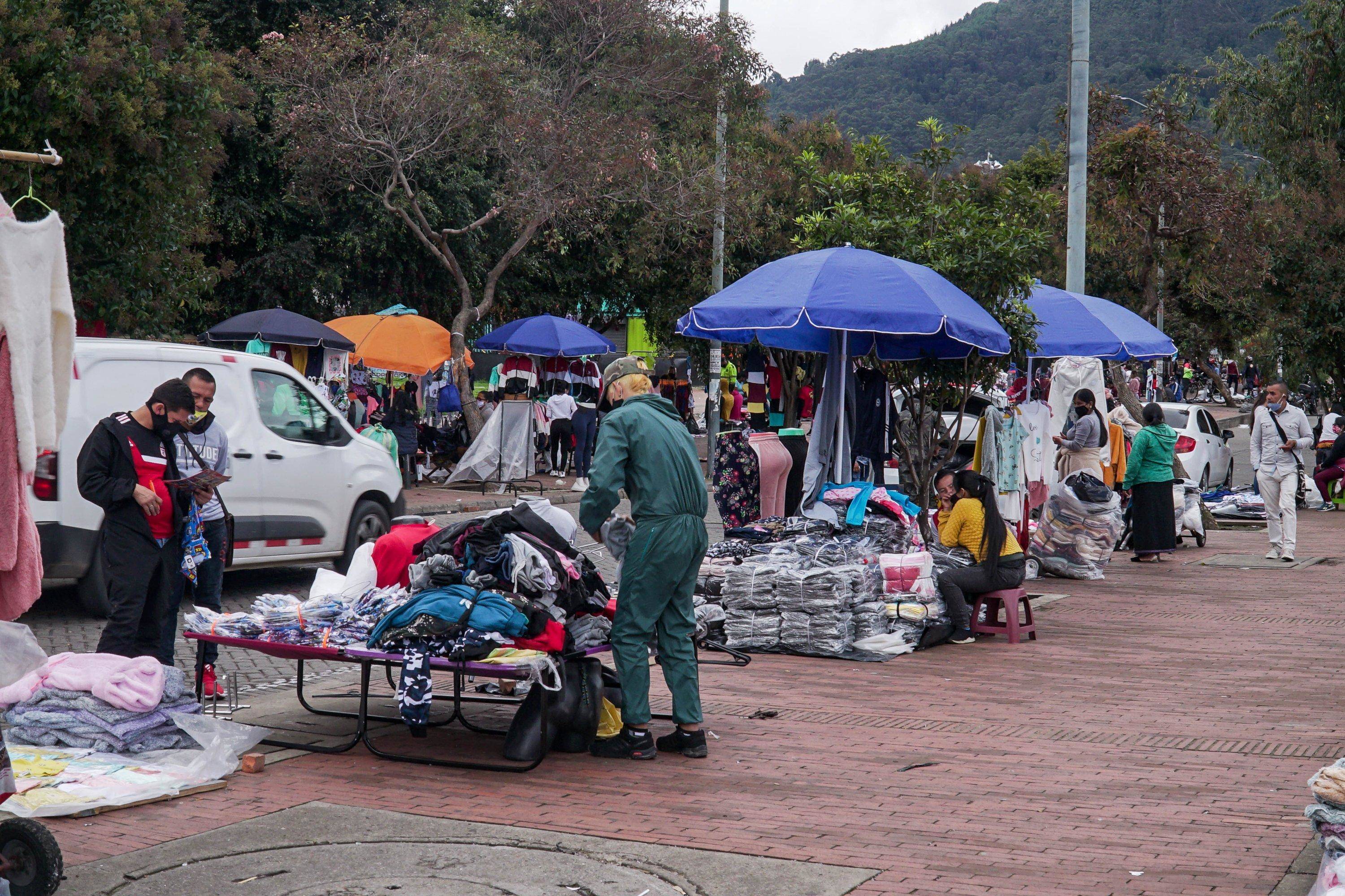Cuentas Claras / Analysis reveals how much informal workers earn in Colombia

Clear Accounts, the weekly column by Mauricio Galindo, economics editor of EL TIEMPO, offers interesting figures surrounding the news of the last seven days. This time, we examine what informal workers in Colombia are earning, the opportunities to increase income brought by labor reform, the economic impact of the Trump administration's tariff wave, and the top countries on the planet according to a survey by US News and World Report with Wharton and WPP.
What informal workers earn A Corficolombiana analysis shows the relationship between lower wages and higher informality. In Bogotá and Medellín, where informality is lowest, middle-income workers (in the middle, if they were to line up) earn slightly less than the minimum wage.
But in Valledupar or Quibdó, where there is more informality, the median income is a third or a quarter of the minimum wage.

Informal employment in Colombia reaches 58 percent, according to the National Statistics Institute (DANE). Photo: Mauricio Moreno
A Bancolombia analysis highlights that labor reform provides opportunities for more income for formal workers and their households, as well as increased consumption.
But it also means higher costs for businesses (up to 8.6 percent), especially in construction, commerce, and professional services, with the loss of 420,000 formal jobs. In short, higher incomes, as long as you don't happen to be one of those 420,000 people.
The real magnitude of the announced tariffs There is less than a week until the tariffs announced by the United States take effect. The actual effect would be an increase in the average effective tariff rate from 14.1 percent to 19.4 percent, according to an analysis by Fitch Ratings.
At the beginning of August, the so-called reciprocal tariffs that were announced, as well as those on copper, are due to begin to be applied.

Tariffs around the world Photo: iStock
The best countries in the world, according to people surveyed in 36 nations, are, in order, Switzerland, Japan, and the United States. This is the response of 17,000 people surveyed by US News and World Report with Wharton and WPP. In Latin America, Brazil is ranked first, in 30th place, and among the wealthy countries of the Middle East, the highest is the United Arab Emirates, in 17th place. China is in 16th place.
eltiempo





